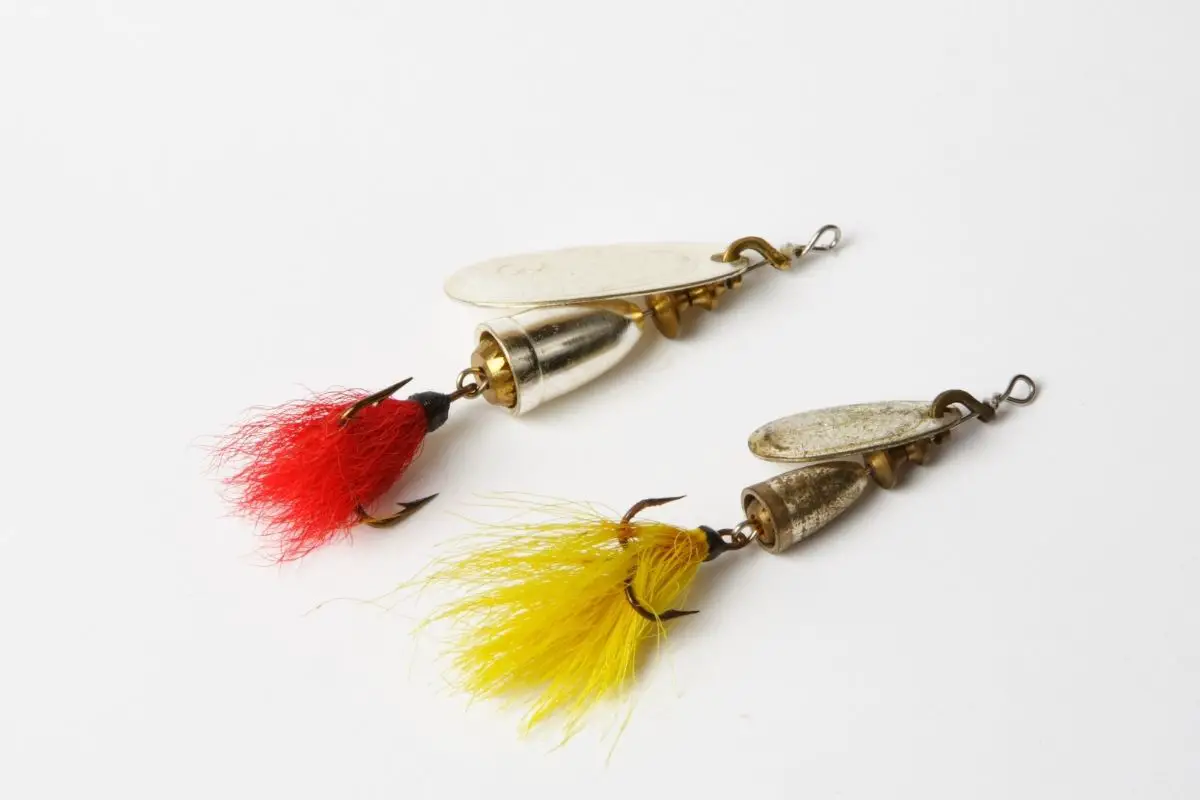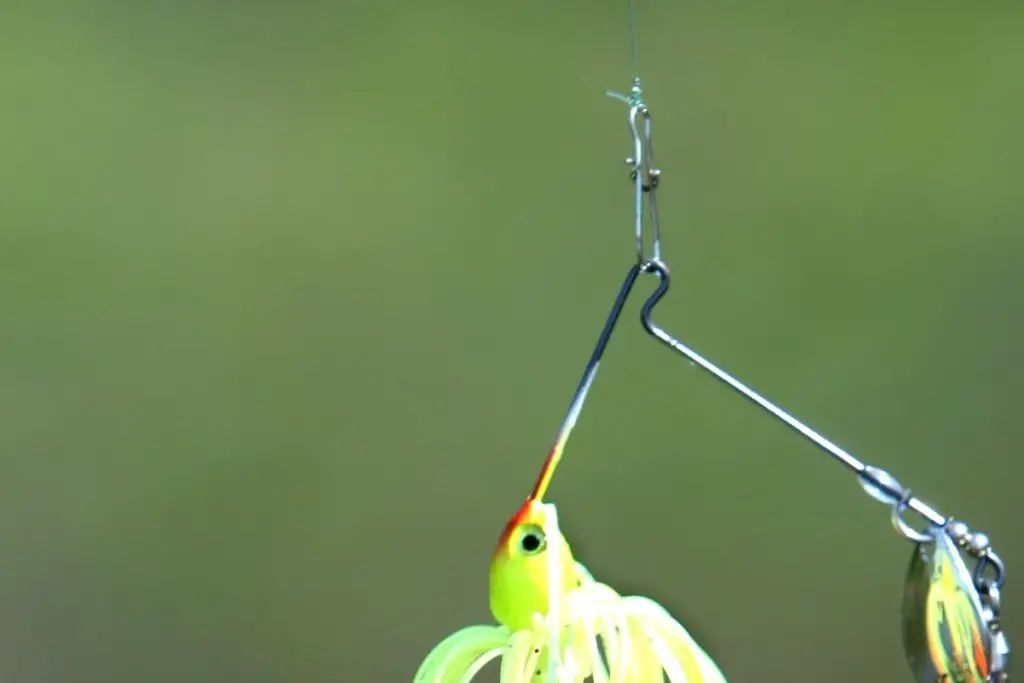The art of fishing can be a difficult balance between luck, skill, and knowledge to get right. As with anything, it takes a great deal of practice and patience to see results.
For those who want to work on their set-up and make sure that they know how to use all of their accessories to the best of their abilities, it is worth knowing how to tie certain knots, and what you can do to make use of the different types of bait.
Spinner bait makes a great addition to your fishing equipment, especially during the spring and fall. When in use, they activate the lateral line system which attracts predatory fish like pike, perch, and bass.
Here are some of the different ways to tie a spinner bait so that you can make the most out of it and ensure that you are getting the full range of benefits that they can provide.
What You Need
Of course, you will need a high quality spinner bait to begin with. There are different shapes and colors available, and they are relatively affordable.
Understanding how to attach it to your fishing line is essential to keeping your spinner bait safe and allowing it to do its job.
It is typically recommended that you know the different types of core materials that your fishing line comes in.
The different thicknesses determine the type of knot that works best, and how secure your spinner bait needs to be.
Most standard fishing lines are made out of monofilament, whereas fluorocarbon can also be seen for larger fish.
Types Of Knots
Clinch Knot
One of the most basic and widely used knots is the clinch knot, which should come pretty naturally to you after some practice. It is easy to build up muscle memory for this knot, and it works great with most monofilament lines.
Pass the line through the edge of the lure before spinning it several times while holding the tag end. Then, pass the tag end through the loop nearest the eye and wet the knot to check that it is working correctly.
This allows you to see the knot in action and add another level of safety.
Palomar Knot
If you are using a fluorocarbon line, or one that is made from a reinforced braid for additional strength, a clinch knot is less effective.
This is because of the material that the fishing line is finished with, and the way that the cinch knot is somewhat basic. It is less likely to hold everything together, so you should use a Palomar knot for these types of lines.
To make a Palomar knot, pass the line through the eye of your lure, then pass it back through to make a long loop. Then, tie an overhand loop holding the loop in one hand and the main and tag lines in the other.
Next you can pass the loop over the entire lure before wetting and cinching down to secure it.
San Diego Jam Knot
Another way to secure your spinner bait to your fishing line is using the San Diego jam knot. This is useful for larger lures that present more of a challenge to loop around that would be done using the Palomar knot.
Create the San Diego jam knot by passing the line through the eye of your lure first, before pulling the tag end enough to give you plenty of line.
Then you should hold the tag end and main line together, so that you can wrap the tag end around both of them six times in total.
Then, pass the tag end through the loop that is closest to the eye before passing it through the loop furthest from the eye. Finish this off by wetting your knot as usual and cinching it all together.
Things To Remember

Tyger Leader is reader-supported and may earn a commission when you book or purchase using our links. Learn more about our affiliate disclaimer here.
Some key tips worth remembering when you are tying your spinner bait are to aim to use around one foot worth of line.
This can allow you to have a little leeway when you are attaching the spinner without getting tangled in the line.
You should also tie multiple knots along the line. This helps it become a little stronger due to the reinforcements, and ensures that everything is functioning correctly.
Another thing to create a habit out of is checking the hooks and spinners for any obstructions that are interfering with the line or the flow of everything.
Remember to trim off the excess line, too. It may seem a little obvious, but many people fall victim to this. This prevents you from getting tangled in the line and wasting valuable resources.
You could also cut yourself on the sharp hook if correct precautions are not taken.
Test your line by casting it out into the water and retracting it a few times. This allows you to check that there are no obstructions interfering with the line, hook, or spinner that shouldn’t be there.
Summary
Spinner baits are highly effective in shallow water that is clearer because of the way they reflect light towards predator fish.
The moving parts give off the impression of prey, and it encourages them to take a bite.
Make sure that you are using the right knot to secure your spinner bait, and that you know what material your line is made from.
Frequently Asked Questions
When Would I Use A Trilene Knot?
The trilene knot, which has not been mentioned here, is also known as the two turn clinch. It is used for monofilament or fluorocarbon lines if you want additional strength.
For those who are looking for larger, heavier fish, it could be worth trying out this sturdy knot when you are attaching your spinner bait.
Where do you Tie on A Spinner Bait?
Depending on the material that your spinner is made out of, it may not react well after being submerged in salt water. Check the specific instructions for your spinner and make a decision based on this.
Freshwater spinner baits usually feature wire molded into the head which is a particularly weak point in salt water.
However, it could be worth purchasing a saltwater spinner so that you can fish for larger predator fish in the ocean.
Do I Need To Add Bait To A Spinner?
The bright colors and reflection of the sun are what draw the fish to you, so you don’t need to worry about adding any bait if you don’t have any nearby. The spinning action of the bait itself and the lights reflected act as a lure.



